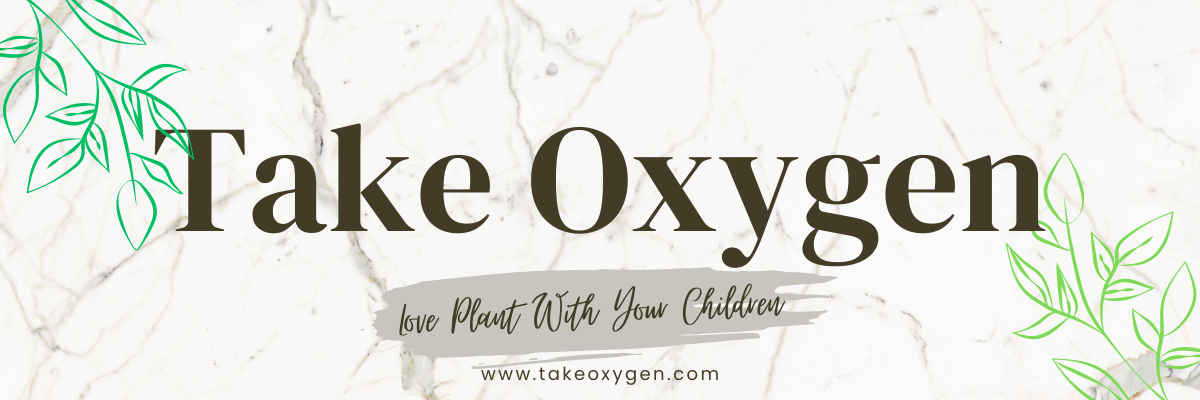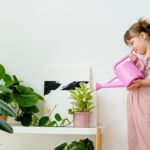Fertilizing indoor plants is essential for their growth and health, as it provides them with the necessary nutrients that might not be available in potting soil over time. Here’s a step-by-step guide on how to fertilize indoor plants:
1. Choose the Right Fertilizer
- Liquid Fertilizer: Easy to apply and can be mixed with water during regular watering. It’s great for a quick nutrient boost.
- Granular Fertilizer: Slow-release and long-lasting, these are sprinkled onto the soil surface and watered in.
- Organic vs. Synthetic: Organic fertilizers are derived from natural sources like compost, while synthetic ones are chemically formulated. Organic is gentler but slower to act, while synthetic is faster but can be harsher if overused.
2. Determine the Nutrient Needs
- N-P-K Ratio: Check the fertilizer’s label for the N-P-K ratio, which stands for Nitrogen (N), Phosphorus (P), and Potassium (K).
- High Nitrogen (N): Promotes leaf growth, ideal for foliage plants like ferns.
- High Phosphorus (P): Encourages root and flower development, suitable for flowering plants like orchids.
- High Potassium (K): Supports overall plant health and disease resistance.
3. Understand the Growth Cycle
- Growing Season: Fertilize more frequently during spring and summer when plants are actively growing.
- Dormant Period: Reduce or stop fertilizing during fall and winter when growth slows down.
4. Frequency of Fertilization
- General Rule: Fertilize once a month during the growing season.
- Weaker Solution: If you fertilize more often, consider using a diluted solution to prevent nutrient burn.
5. Application Process
- Water First: Water the plant before fertilizing to avoid root burn from concentrated nutrients.
- Apply Fertilizer: Follow the instructions on the fertilizer package for the correct amount. Apply it evenly around the base of the plant.
- Post-Application Care: Water lightly after applying granular fertilizers to help them dissolve and reach the roots.
6. Signs of Over-Fertilization
- Yellowing Leaves: Could indicate a nutrient overload.
- Salt Build-Up: White crust on the soil surface suggests too much fertilizer.
- Stunted Growth or Leaf Burn: Often a sign of excess nutrients, particularly nitrogen.
7. Signs of Nutrient Deficiency
- Pale or Yellowing Leaves: Indicates a lack of nitrogen.
- Poor Flowering: Could mean insufficient phosphorus.
- Weak Stems: May suggest a potassium deficiency.
8. Special Considerations
- New Plants or Repotted Plants: Wait a few weeks before fertilizing to allow the plant to adjust to its new environment.
- Sensitive Plants: Some plants, like cacti and succulents, require less frequent fertilization.
9. Organic Fertilizer Options
- Compost Tea: A liquid form of compost that can be watered into the soil.
- Worm Castings: A natural, slow-release fertilizer that can be mixed into the soil.
- Fish Emulsion: A potent liquid fertilizer rich in nitrogen.
Fertilizing indoor plants correctly will help them thrive, ensuring they have the nutrients they need for healthy growth, vibrant leaves, and beautiful flowers.
Post Views: 364




